Advertisement
In the rapidly evolving world of artificial intelligence, one name consistently dominates headlines and market charts is Nvidia. As nations navigate economic tensions and impose international tariffs, the global tech landscape is undergoing significant shifts. Despite these trade restrictions, Nvidia remains a dominant force in the AI chip market.
The company's groundbreaking innovation, strategic partnerships, and robust global supply chain have helped it remain a leader in 2025. This article explores how Nvidia has maintained its AI dominance in the face of tariffs and explores the key technologies and strategies that have enabled its resilience.
AI chips, also known as artificial intelligence processors, are specialized semiconductors designed to perform AI-related tasks, such as deep learning, data analysis, and machine learning inference. Unlike traditional CPUs, these chips are optimized for handling massive data volumes with high speed and efficiency. In 2025, industries ranging from healthcare to autonomous vehicles will rely heavily on these chips for real-time insights, automation, and predictive modelling.
Nvidia, with its high-performance GPUs and AI-focused architectures, such as Ampere and Hopper, continues to lead in this domain. The global AI chip market is projected to surpass $100 billion by 2030, with Nvidia at the forefront of this expansion.
Tariffs are taxes or duties imposed on imported goods, often used to protect domestic industries or address trade imbalances. In recent years, the tech sector has faced increased scrutiny due to geopolitical tensions, particularly between the United States and China. As a result, tariffs have been placed on key semiconductor components and technology transfers.
For AI chip manufacturers, this means increased production costs, restricted access to specific markets, and disrupted supply chains. However, companies like Nvidia have developed strategies to mitigate these effects and continue thriving globally.
Nvidia has implemented several approaches to maintain its global AI leadership in the face of tariffs:
Nvidia's chipsets are central to its sustained dominance. Key benefits include:

These benefits make Nvidia indispensable to a range of sectors, including autonomous driving, robotics, fintech, and pharmaceuticals.
Autonomous Vehicles: Nvidia's DRIVE platform powers many of the top autonomous car systems globally.

While Nvidia's resilience is impressive, challenges remain:
U.S. government policies and trade regulations continue to restrict Nvidia's ability to sell its most advanced AI chips to certain countries. These limitations impact Nvidia's global market expansion and pose challenges in meeting the growing international demand, particularly in regions with emerging AI industries.
Nvidia faces increasing competition from established semiconductor companies like AMD and Intel, as well as tech giants like Google, which develops its own Tensor Processing Units (TPUs). This competitive landscape drives rapid innovation but also pressures Nvidia to maintain its technological edge.
Despite ongoing efforts to diversify its supply chain and manufacturing partners, Nvidia remains vulnerable to global disruptions. Events such as pandemics, geopolitical conflicts, and political instability can cause delays, increase costs, and impact chip availability, threatening production continuity.
The growing complexity of AI models demands more powerful hardware, which in turn raises energy consumption. Developing highly energy-efficient chips without compromising performance is a critical challenge that Nvidia and the entire semiconductor industry must address to ensure sustainable growth and reduce environmental impact.
Despite escalating tariffs and geopolitical hurdles, Nvidia remains the undisputed leader in the AI chip landscape. Through innovation, strategic agility, and robust partnerships, the company has successfully navigated the turbulence of 2025. Its cutting-edge chips power everything from everyday intelligent assistants to advanced robotics and scientific research.
As global demand for AI continues to surge, Nvidia's role in shaping the future of technology is more prominent than ever. For tech professionals, investors, and enthusiasts alike, Nvidia stands as a symbol of resilience and progress. Stay informed and follow the latest developments in AI, because Nvidia's next leap may reshape the world as we know it.
Advertisement
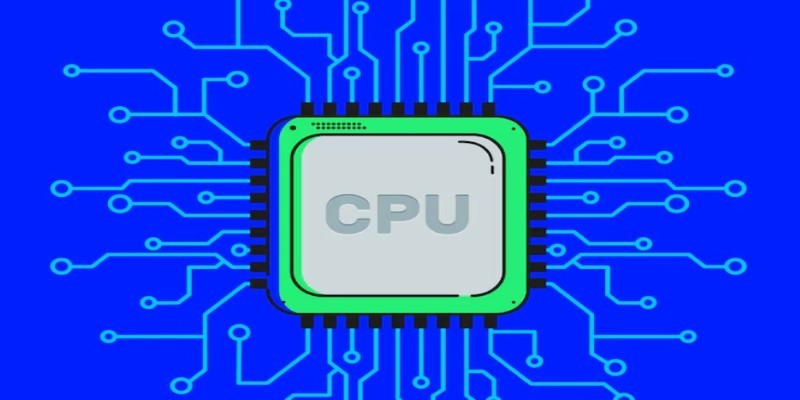
How CPU Optimized Embeddings with Hugging Face Optimum Intel and fastRAG can run fast, low-cost RAG pipelines without GPUs. Build smarter AI systems using Intel Xeon CPUs
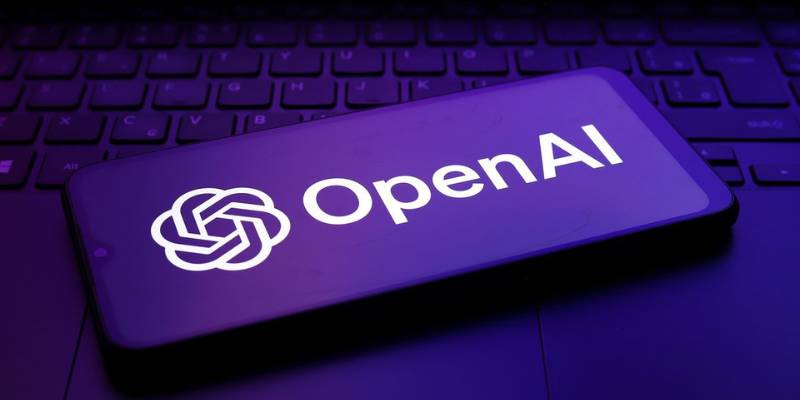
Discover OpenAI's key features, benefits, applications, and use cases for businesses to boost productivity and innovation.

How indentation in Python works through simple code examples. This guide explains the structure, spacing, and Python indentation rules every beginner should know

Thousands have been tricked by a fake ChatGPT Windows client that spreads malware. Learn how these scams work, how to stay safe, and why there’s no official desktop version from OpenAI

Samsung launches world’s smartest AI phone with the new Galaxy S24 series, bringing real-time translation, smart photography, and on-device AI that adapts to your daily routine

Hugging Face enters the world of open-source robotics by acquiring Pollen Robotics. This move brings AI-powered physical machines like Reachy into its developer-driven platform
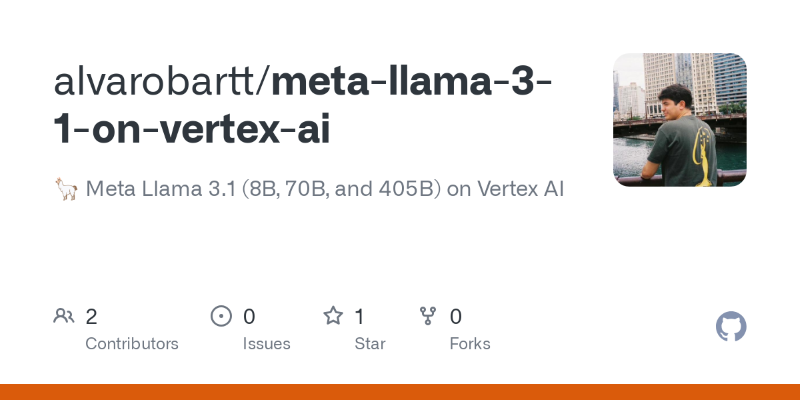
Need to deploy a 405B-parameter Llama on Vertex AI? Follow these steps for a smooth deployment on Google Cloud
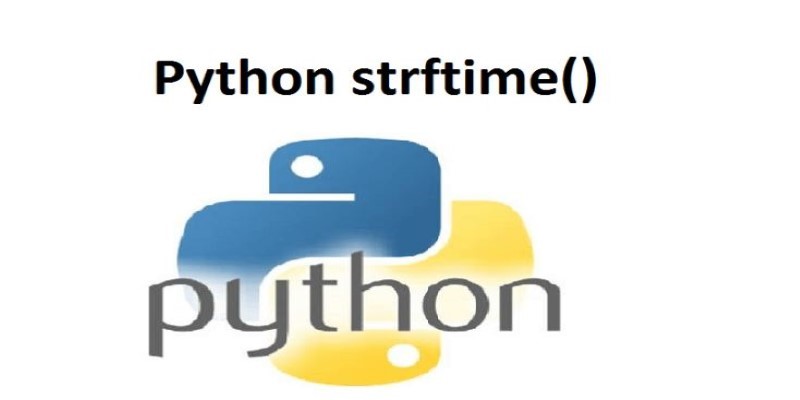
Explore the Python strftime() function and how it helps convert datetime objects into formatted strings. Learn common usage, tips, and avoid pitfalls in this detailed guide

How to use the Python time.sleep() function with clear examples. Discover smart ways this sleep function can improve your scripts and automate delays
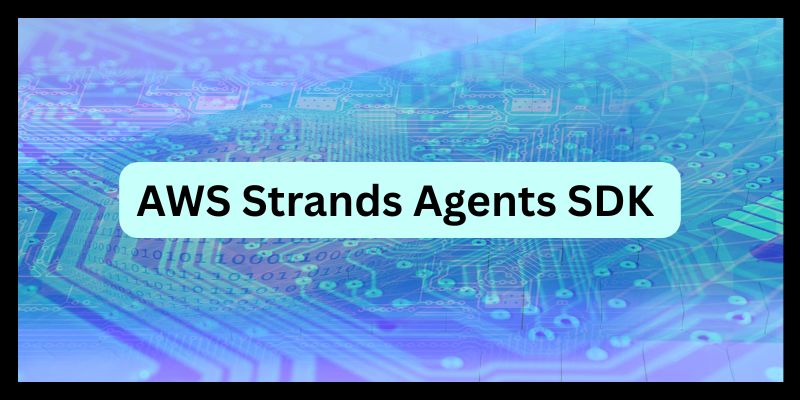
Learn how AWS Strands enables smart logistics, automation, and much more through AI agents.
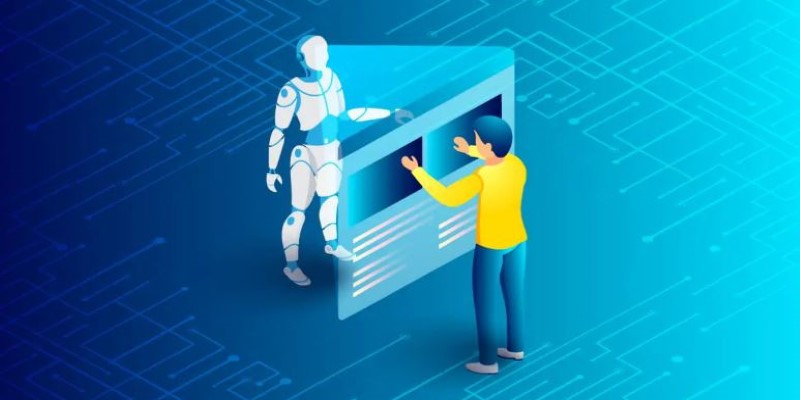
Looking for the best AI image enhancers in 2025? Discover 10 top tools that improve image quality, sharpen details, and boost resolution with a single click

How to use permutation and combination in Python to solve real-world problems with simple, practical examples. Explore the built-in tools and apply them in coding without complex math